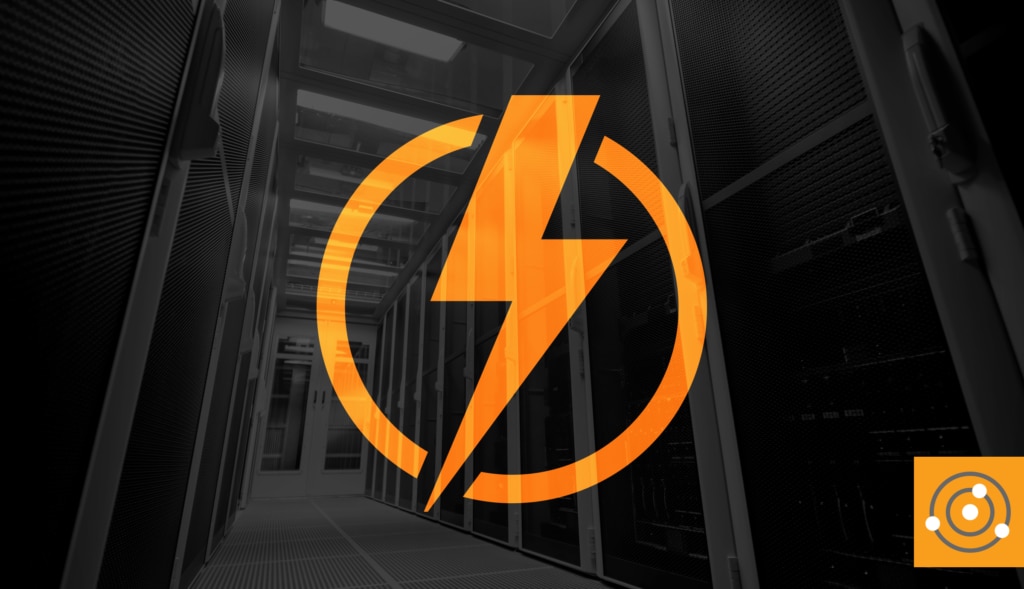Protecting Against 5 Common Causes of Network Outages


Page Contents
Page Contents
Keeping a network up and running is a full-time job, sometimes a full-time job for several team members! But it doesn’t have to feel like a fire drill every day. Managing a network shouldn’t be entirely reactive. There are steps you can take and processes you can put in place to help reduce some of the top causes of network outages and minimize any downtime.
1. The Problem: Human Element
The dreaded “fat finger.” You’ve heard the stories. You may have done it yourself, or been the one working frantically late into the night or over a weekend to try to recover from someone else’s mistake. If you’re really unlucky (like some poor employee at Amazon® last spring), the repercussions can be massive. No one needs that kind of stress.
The Protection:
First, make sure only the appropriate people have access to make changes. Have an approval system built in. And, since even the best of us can make mistakes, ensure you have a system that allows you to roll back changes just in case.
2. The Problem: Security Breaches
Network security is becoming more and more critical every day. People trying to break the system get better, and privacy needs for users gets higher. There are many critical elements to trying to keep your network secure, and it’s important not to miss any. It doesn’t do any good to deadbolt your door when your window is wide open.
The Protection:
Protect your devices from unauthorized changes. Monitor configurations so you can be alerted to any changes, see exactly what was changed, and know what login ID was used to make the change. Also, you should be regularly auditing your device configurations for vulnerabilities. Whether you have custom policies defined for your organization or need to comply with HIPAA, DISA STIG, SOX, or other industry standards, continuously monitoring your devices to help ensure your network stays compliant is one way to help.
3. The Problem: Lack of Routine Maintenance
Over time, networks can become messy and disorganized if there aren’t standards in place, increasing both the risk of errors and the time needed to resolve them.
The Protection:
Network standardization simplifies and focuses your infrastructure, allowing you to become more disciplined with routines and expectations. Naming conventions, standard MOTD banners, and interface names are just a few things you can do to help troubleshoot and keep a balance within your team and devices, allowing for better management and less human error.
4. The Problem: Hardware Failures
It’s not if hardware will fail, but when. Are you ready to make a speedy recovery? When a device unexpectedly goes down, it can have a big impact, depending on which device it is and what redundancies you have in place.
The Protection:
Ensure that you can quickly recover devices or bring a replacement online by having device configurations automatically backed up so you can quickly bring new devices online.
5. The Problem: Firmware Issues / Faults in the Devices
When you support hundreds of devices, required firmware updates can be tedious, and executing commands over and over increases the risk of error.
The Protection:
With network automation, you can easily manage rapid change across complex networks. Bulk deploy configurations to ensure accuracy and speed up deployment times.
Increase your uptime and reduce the challenges of keeping your network running smoothly so you can focus on other projects. With SolarWinds® Network Configuration Manager, you can bulk deploy configuration changes or firmware updates, manage approvals, revert to previous configurations, audit for compliance, and run remediation scripts. Take action today to reduce these five causes of network outages.



